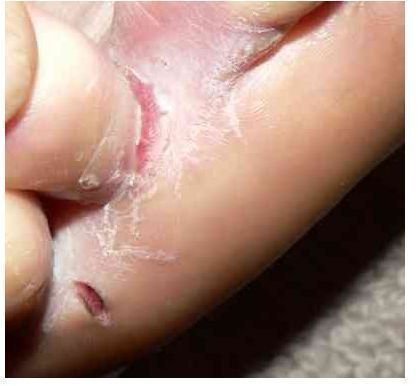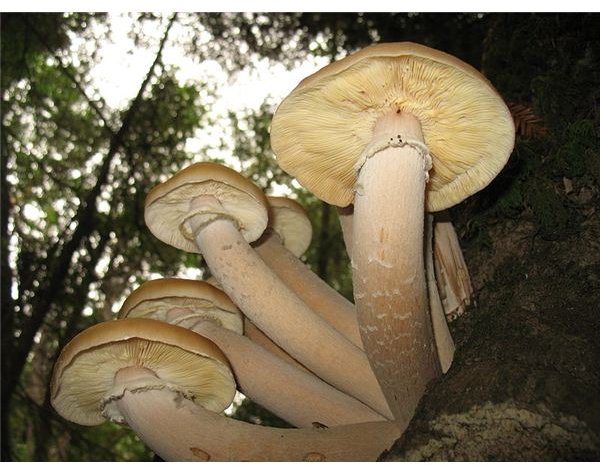Facts about Fungi and Types of Fungus
Types of Fungus
Fungi are eukaryotic organisms that form a distinct kingdom; they are separate from plants, animals, and bacteria. A key difference between fungal and plant cells is the presence of chitin in the cell walls of the former instead of cellulose in the latter.
The Kingdom Fungi includes a wide variety of organisms such as yeasts, molds and mushrooms. General characteristics of fungi include the following:-
- All are eukaryotes
- Some are single-celled - i.e. yeast
- Many reproduce sexually and asexually
- They form spores
- Fungi are heterotrophs - they cannot create their own food nor can they ingest it like other animals. A fungus will obtain its nutrients by absorbing them from its surroundings
- They can be free-living or form close relationships with other organisms. For example, mycorrhizae that inhabit plant roots.
- Most are filamentous - containing microscopic filaments called hyphae
More Fungus Facts
- The hyphae extend through and within the substrate on which a fungus is feeding. They secrete digestive enzymes to make passage easier. Hyphae increase the surface area for absorption of nutrients.
Fungi are typically divided into four divisions: the ChytridioAscomycota (yeasts and sac fungi), the Basidiomycota (club fungi), mycota (chytrids), and Zygomycota (bread molds).
-
Most fungi are saprophytes- that is they feed off dead or decaying organic matter. This is a great leaf litter disposal system in forests.
-
Many people are familiar with the bacteria that cause smelly feet, but bad fungus can also cause foot odor. Epidermophyton is a genus of fungus that can cause athlete’s foot. Fungi that cause athlete’s foot live off dead flakes of skin and produce enzymes that digest a protein known as keratin. Some people are much less susceptible to the condition than others, and it may be because they naturally produce more types of antifungal compounds.
-
The types of fungi that can cause athlete’s foot are known as dermatophytic fungi. Most people will not be troubled by dermatophytes.

-
Most plants need a fungus to obtain water and nutrients. Plant roots and the fungi attached to them are given the collective name of “mycorrhizae”. This is a symbiotic relationship where in return for supplying the plants with water and nutrients fungal organisms receive essential sugars created by photosynthesis.
-
We can get food directly from fungus in the form of mushrooms and truffles. A truffle is an edible fungal fruiting body that develops underground. Many form symbiotic relationships with trees.
-
Good types of fungi include yeasts that are involved in the fermentation of wine and beer, and the types of fungi used in the production of antibiotics. For example, penicillin produced by fungi in the genus Penicillium.
-
The study of fungi is known as mycology.
